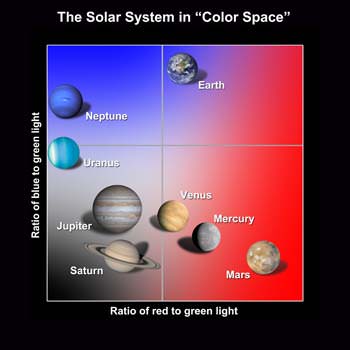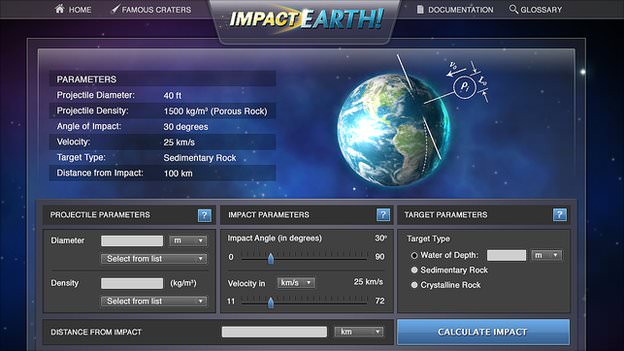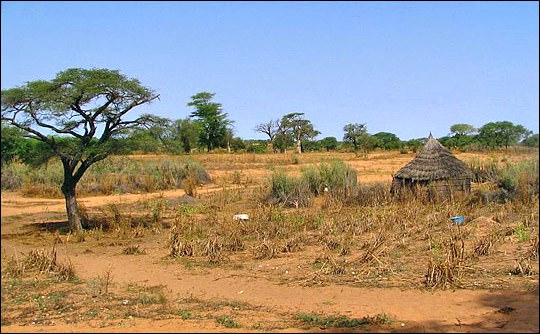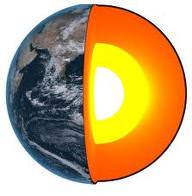Earth is, by any reckoning, a pretty big place. Ever since humanity first began the process of exploring, philosophers and scholars have sought to understand its exact dimensions. In addition to wanting to quantify its diameter, circumference, and surface area, they have also sought to understand just how much weight it packs on.
In terms of mass, Earth is also a pretty big customer. Compared to the other bodies of the Solar System, it is the largest and densest of the rocky planets. And over the course of the past few centuries, our methods for determining its mass have improved – leading to the current estimate of 5.9736×1024kg (1.31668×1025 lbs).
Size and Composition:
With a mean radius of 6,371.0 km (3,958.8 mi), Earth is the largest terrestrial planet in our Solar System. This means that it is composed primarily of silicate rock and metals, which are differentiated between a solid inner core, an outer core of molten metal, and a silicate mantle and crust made of silicate material.
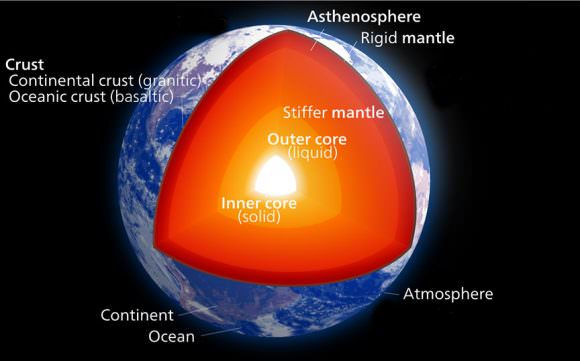
Earth is composed approximately of 32% iron, 30% oxygen, 15% silicon, 14% magnesium, 3% sulfur, 2% nickel, 1.5% calcium, and 1.4% aluminum, with the remaining made up of trace elements. Meanwhile, the core region is primarily composed of iron (88.8%), with smaller amounts of nickel (5.8%), sulfur (4.5%), and less than 1% trace elements.
Mass and Density:
Earth is also the densest planet in the Solar System, with a mean density of 5.514 g/cm3 (0.1992 lbs/cu in). Between its size, composition, and the distribution of its matter, the Earth has a mass of 5.9736×1024 kg (~5.97 billion trillion metric tons) or 1.31668×1025 lbs (6.585 billion trillion tons).
But since the Earth’s density is not even throughout – i.e. it is denser towards the core than it is at its outer layers – its mass is also not evenly distributed. In fact, the density of the inner core (at 12.8 to 13.1 g/cm³; 0.4624293 lbs/cu in), while the density of the crust is just 2.2–2.9 g/cm³ (0.079 – 0.1 lbs/cu in).
This overall mass and density are also what causes Earth to have a gravitational pull equivalent to 9.8 m/s² (32.18 ft/s2), which is defined as 1 g.
History of Study:
Modern scientists discerned what the mass of the Earth was by studying how things fall towards it. Gravity is created by mass, so the more mass an object has, the more gravity it will pull with. If you can calculate how an object is being accelerated by the gravity of an object, like Earth, you can determine its mass.
In fact, astronomers didn’t accurately know the mass of Mercury or Venus until they finally put spacecraft into orbit around them. They had rough estimates, but once there were orbiting spacecraft, they could make the final mass calculations. We know the mass of Pluto because we can calculate the orbit of its moon Charon.
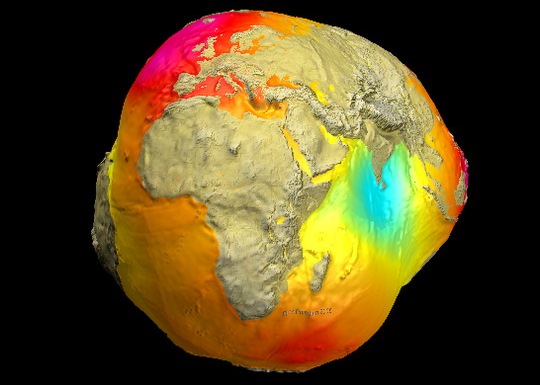
And by studying other planets in our Solar System, scientists have had a chance to improve the methods and instruments used to study Earth. From all of this comparative analysis, we have learned that Earth outstrips Mars, Venus, and Mercury in terms of size, and all other planets in the Solar System in terms of density.
In short, the saying “it’s a small world” is complete rubbish!
We have written many articles about Earth for Universe Today. Here’s Ten Interesting Facts About Earth, What is the Diameter of the Earth?, How Strong is the Force of Gravity on Earth?, What is the Rotation of the Earth?
If you’d like more info on Earth, check out NASA’s Solar System Exploration Guide on Earth. And here’s a link to NASA’s Earth Observatory.
We’ve also recorded an episode of Astronomy Cast all about planet Earth. Listen here, Episode 51: Earth.
Sources:



